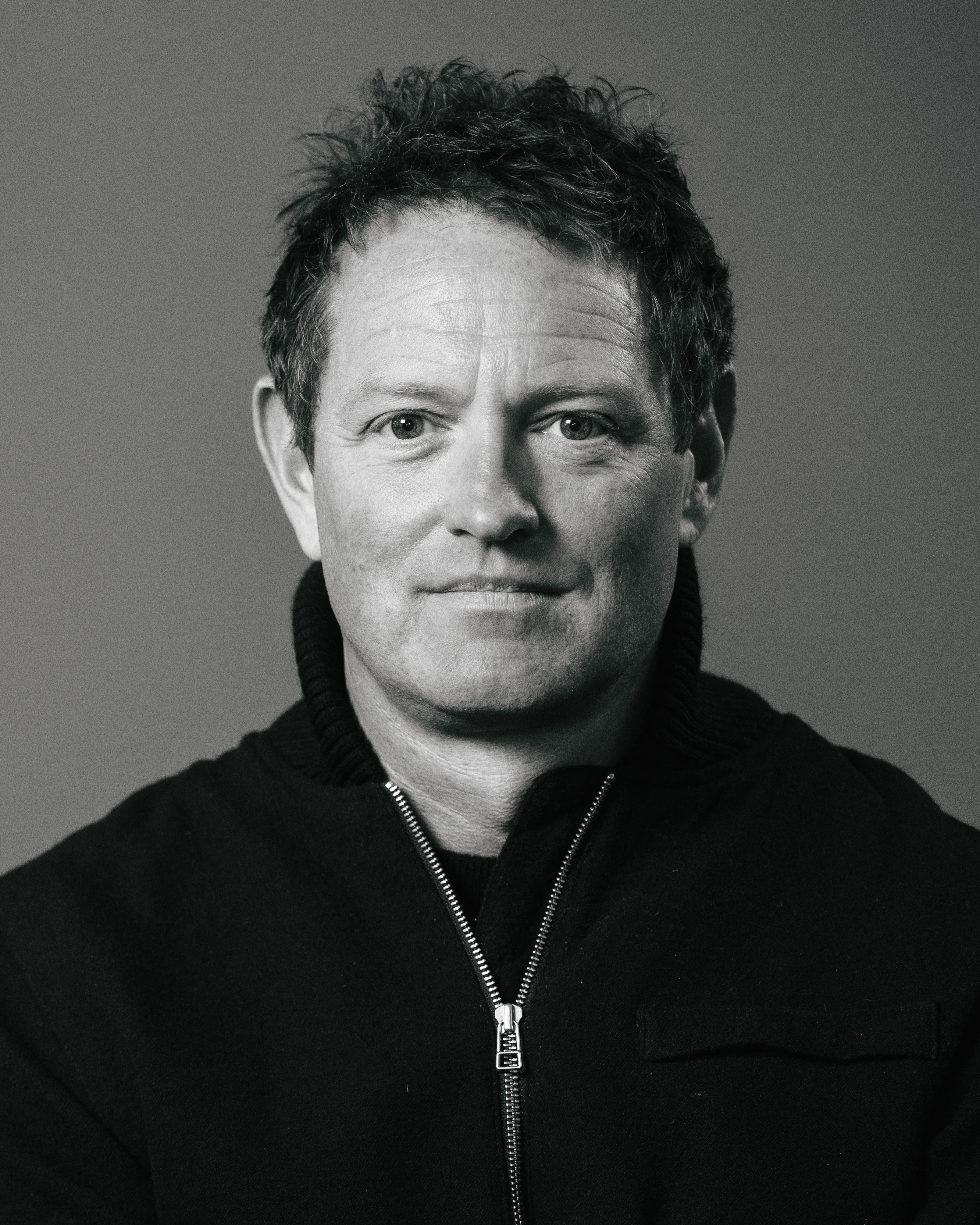Feels Like Home: Designing Sites For Patient Comfort
By Rob Freishtat, MD, MPH, president and co-founder, Uncommon Cures, and Matthew Stares, senior vice president, global real estate, architecture and development, MillerKnoll
More than half (55%) of clinical trial failures are a result of enrollment issues, according to GlobalData. Those issues are myriad, but, commonly, many patients feel overwhelmed by the prospect of participating in a trial, and logistical barriers often add to the intimidation. But it doesn’t have to be this way. Although there are many variables we can’t control in the clinical trial process, one powerful element lies within our reach: the design of the clinical trial spaces themselves.
Too often, these environments are created around processes, resulting in cold and sterile designs made more for the convenience of the providers than for the comfort of the patients. Patients and families coming in for clinical trials — especially pediatric trials — often feel an understandable sense of anxiety and uncertainty. The design of the space can either amplify these feelings or help ease them.
When we at Uncommon Cures set out to rethink clinical trial spaces, we knew they had to feel different. We saw a chance to design a space that fulfills clinical requirements while providing comfort, warmth, and reassurance. Our goal was to create a place for patients and their families that feels less like a hospital and more like a home. Our approach focused on designing with the patient at the center of the experience and imbuing the science of hope into every element of the space.
Designing With The Science Of Hope
Hope is a powerful concept, deeply embedded in the human experience. While often associated with optimism, hope has been studied as a structured and measurable phenomenon within psychology since the 20th century. In the 1990s, psychologist Charles R. Snyder introduced hope theory, defining hope as a goal-oriented mindset that integrates both the energy to pursue one’s objectives and the pathways to achieve them. Since then, research has demonstrated how hope contributes to resilience, improved health outcomes, and human progress.
For patients in clinical trials, hope often represents the first time they can imagine a positive outcome, especially if previous treatments haven’t worked. By designing spaces grounded in the science of hope, we wanted to make it something patients could tangibly experience — both physically and emotionally.
Inspiration also came from cancer treatment centers, where chemotherapy treatment settings have long been ahead of the curve. These centers are often designed to feel warm and welcoming, with comfortable chairs, soothing views, and engaging activities like video games, board games, puzzles, and quiet spaces for work or decompression. We adopted similar principles, ensuring our spaces foster resilience and well-being. Every detail was carefully considered to create an environment that supports healing and provides patients with a sense of hope and possibility.
Creating A Space For Comfort And Connection
Traditional clinical trial spaces typically prioritize efficiency at the cost of patient experience. These environments often feel impersonal and intimidating. Rather than building an environment that accommodates clinical functions, we set out to create spaces that reflect patients’ needs, comfort, privacy, and dignity. This approach meant focusing not only on what patients must go through in a trial but also on how they feel while going through it.
 |
|
The kitchen and living room area of Uncommon Cures |
At the heart of our facility is a central area resembling a home’s living room and kitchen — places where people naturally gather and feel at ease. This main communal area with a large, open kitchen and living space invites patients and families to gather, relax, or even share a meal. To make this experience even more personal, patients complete a survey before arriving to share their likes, dislikes, and dietary restrictions, which are often specific to certain metabolic diseases. We aim to stock comfort foods, snacks, and drinks tailored to their preferences, creating a sense of care and thoughtfulness from the start.
We’ve also equipped the living area with streaming services and a game pass, offering access to popular programming and games that can help distract and entertain during long days. TVs in the space provide options for all ages, ensuring that patients and families feel entertained and comfortable during their visit. For parents who need to work, the facility is equipped with outlets throughout the space for charging phones, laptops, or other devices.
For pediatric patients, we carefully designed age-appropriate zones filled with puzzles, games, and tactile art, all positioned at a child’s eye level. For neurodivergent children, we created quiet rooms that serve as calm, soothing spaces where they can decompress without sensory overload. These rooms are thoughtfully designed for different age groups. For toddlers, we’ve included soft but sturdy furniture and a calming textured wall feature to create a safe and engaging space. For teens, the furniture is designed to provide privacy and comfort, offering them a quiet space to recharge in their own way.
Clinical trials are often long and exhausting, involving mounds of paperwork, procedures, managing side effects and pain, and waiting for results. By designing spaces that allow patients and their families to relax, recharge, and connect with loved ones, we are working toward delivering an environment where they can feel at ease, even during the most challenging days.
Meeting Regulatory Standards Proves Easier Than Once Thought
One of the biggest surprises in this process was realizing that many of the perceived barriers to creating a patient-centered space weren’t as rigid as we thought. Regulatory standards are often cited as a reason for sticking with traditional designs, but we found more flexibility to think creatively and design for patient experience than we had assumed.
One area where this flexibility became evident was in materials. In the past, options for healthcare-compliant fabrics were limited, but newer advancements have allowed us to incorporate soft and homey materials while meeting stringent regulations. Fun, funky wallpaper was another element we embraced to add a light and playful touch to the environment, making the space feel less clinical and more inviting.
When it came to design, we intentionally avoided certain elements of traditional healthcare settings. For instance, we steered clear of the classic doctor’s office examination room aesthetic — no exam tables, old cabinets, or sinks like the ones we’ve all encountered countless times. Instead, we prioritized layouts and furnishings that felt welcoming and familiar, creating an atmosphere that aligns with our vision of patient-centered care.
Healthcare design tends to bias the well-tested familiar, which can stifle creativity. But once we started pushing boundaries, we discovered room for innovation. By partnering with designers and stakeholders who were willing to explore a new way of thinking, we created a space that met both clinical needs and the mental and emotional needs of patients and their families. This shift required us to rethink established norms and embrace the potential for meaningful change in healthcare environments.
Anticipating Positive Impact And Possibilities
The potential impact of this new space extends beyond just our organization. By creating an environment that is welcoming, supportive, and rooted in principles of hope, we aim to provide an example for others in the industry to follow.
While we are just beginning to introduce patients and families to the space, initial feedback has been overwhelmingly positive. Patients and their families are noticing the details, from the warm colors to the tactile art pieces designed for children, and it’s making a meaningful difference in how they experience their time with us. Early reactions from our partners in the pharmaceutical industry have been encouraging, with many expressing excitement over our approach to clinical site design. There is a growing recognition of the importance of creating spaces that prioritize patient comfort and emotional resilience, and we believe this approach can set a new standard in the field.
Looking Toward A Hope-Focused Future
We’re proud of what we’ve created, but this is just the beginning. We hope this space will serve as a blueprint for others in the industry, encouraging a shift in how clinical environments are designed. By prioritizing both clinical efficiency and patient well-being, we aim to inspire others to rethink their own spaces and embrace designs that place patients at the heart of the experience.
About The Authors:
 Robert J. Freishtat, MD, MPH is a physician-executive known for his transformative impact on biotechnology ventures, clinical medicine, and international healthcare initiatives. Over 20 years, Dr. Freishtat has led high-stakes organizational transformations, driven clinical solutions to the marketplace, and forged strategic global partnerships.
Robert J. Freishtat, MD, MPH is a physician-executive known for his transformative impact on biotechnology ventures, clinical medicine, and international healthcare initiatives. Over 20 years, Dr. Freishtat has led high-stakes organizational transformations, driven clinical solutions to the marketplace, and forged strategic global partnerships.
As the president and co-founder of Uncommon Cures, Dr. Freishtat has implemented a unique trial model that eliminated inefficiencies and accelerated drug approval processes. Under his leadership, the company has expanded rapidly and secured strategic partnerships with leading pharmaceutical companies.
 Matthew Stares is the senior vice president of global real estate, architecture and development at MillerKnoll. In this position, he oversees all aspects of global real estate development and management for each of MillerKnoll’s global collective of 15 design-driven brands, comprising the strategic direction, leasing, design, procurement, implementation, and management of corporate facilities as well as global services like hospitality and physical security. Matthew joined Herman Miller in 2012, assuming his current role in 2021.
Matthew Stares is the senior vice president of global real estate, architecture and development at MillerKnoll. In this position, he oversees all aspects of global real estate development and management for each of MillerKnoll’s global collective of 15 design-driven brands, comprising the strategic direction, leasing, design, procurement, implementation, and management of corporate facilities as well as global services like hospitality and physical security. Matthew joined Herman Miller in 2012, assuming his current role in 2021.
Matthew began his career as an architect in London, practicing in healthcare, retail, residential, commercial and public sectors. He is a chartered member of the Royal Institute of British Architects, a fellow of the Royal Society for the Encouragement of Arts, and a licensed architect by the American Institute of Architects. In 2021, Matthew was named Coronet Global’s Commercial Real Estate Executive of the Year.
